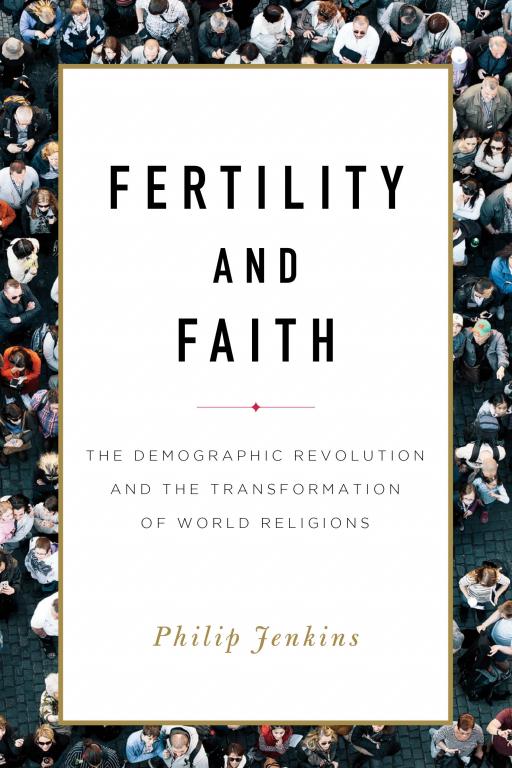I am happy to announce the publication of my new book, Fertility and Faith: The Demographic Revolution and the Transformation of World Religions (Baylor University Press, 2020). As you may recall from earlier blogposts, I have been working on this topic for a while now, so I am delighted to see this book in print.
Here is a summary of what it is all about:
Fertility and Faith addresses a critical theme for the future development of all the world’s religions. Around the world, religious change is driven by demography, and specifically by a demographic revolution that has overtaken most societies. Contemporary religion is simply incomprehensible without appreciating that demographic dimension.
There is an inverse relationship between the fertility rates of a community – the average number of children that a typical woman bears during her lifetime – and that society’s degree of religious fervor and commitment. High fertility societies, like most of contemporary Africa, tend to be fervent and devout. But the lower the fertility rate, and the smaller the family size, the greater the tendency to detach from organized or institutional religion. Fertility rates supply an effective gauge of trends towards secularization.
This idea has been explored to some degree as a causal factor in the secularization of contemporary Western Europe, But European-style rapid declines in fertility are now affecting much of the globe, and that those trends will become ever more marked over the coming decades. We would expect the religious character of those other non-European areas to be transformed much like Europe itself, that is, in the direction of sweeping secularization. That is true whether we look at East Asia or Latin America, and now, within the United States itself.
Surprisingly, the Islamic world is also acutely affected. Although so many contemporary nightmares imagine global dangers from supposedly fanatical Muslim masses, in reality many Islamic nations are undergoing religious change comparable to what has occurred in modern Europe. In different ways, Christianity, Buddhism, Islam, Hinduism, and Judaism are all being reshaped by this demographic revolution.
In studying religious developments, demographic change is a bellwether statistic. To that extent God is (and always has been) in the numbers. Or, to adapt the celebrated maxim of Auguste Comte, in the realm of religion, demography is indeed destiny.
That does not of itself supply any kind of death warrant for the great religions, either in Europe or beyond. Rather, in order to accommodate to new social trends, religions have to evolve new means of presenting their views, to address societies where large families with abundant children are no longer the norm. Of necessity, they will develop different emphases concerning morality, gender, and sexuality; and also about the relative roles of clergy and laity in the faith’s institutional structures. These demographic changes are certain to cause radical transformations in all religions. Fertility and Faith is the first mainstream book to describe this ongoing global transformation.
CONTENTS
1 Fertility and Faith
How Changes in Fertility Shape Religious Structures and Behavior
2 Europe’s Revolution
The Demographic Revolution Begins
3 Spiritual and Secular
The Decline of Europe’s Faith
4 The Revolution Goes Global
New Patterns of Fertility and Faith Spread Rapidly around the World
5 The United States
Between Two Worlds?
6 Africa
High Fertility and Strong Faith
7 Two-Tier Islam
Uneven Demographic Transitions
8 Go Forth and Divide
Populism, Faith, and Fertility
9 Living in a Low-Fertility World
Can Religions Adapt to the New Society?













